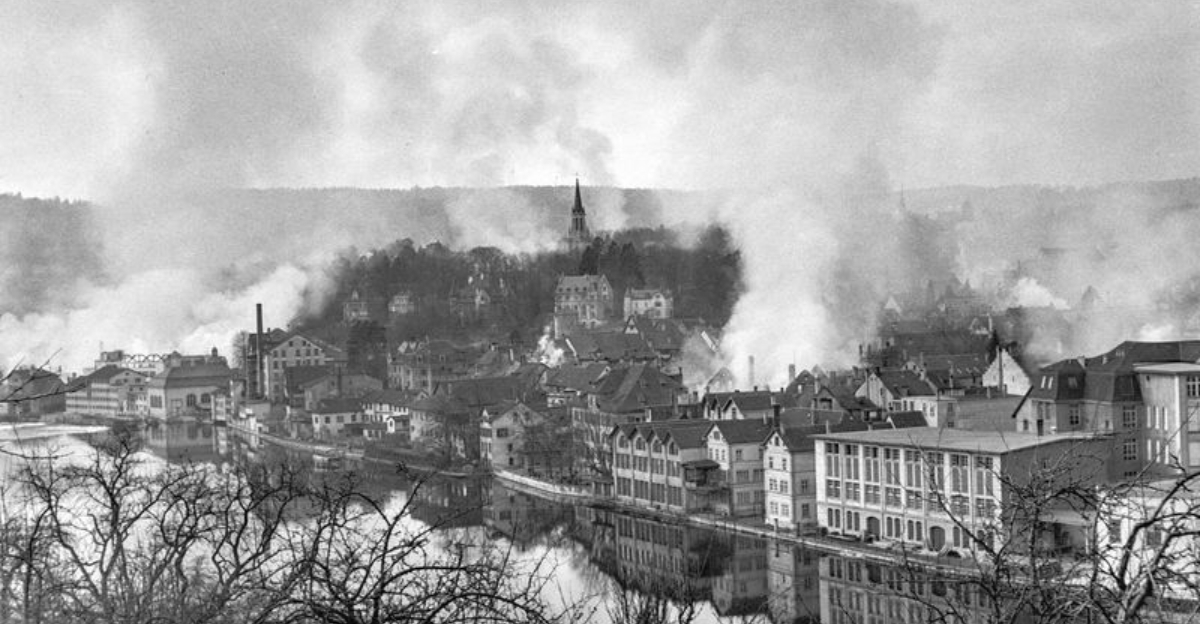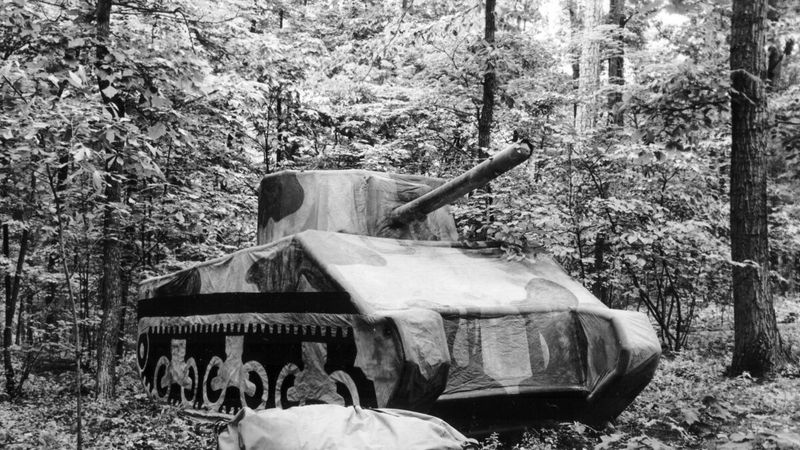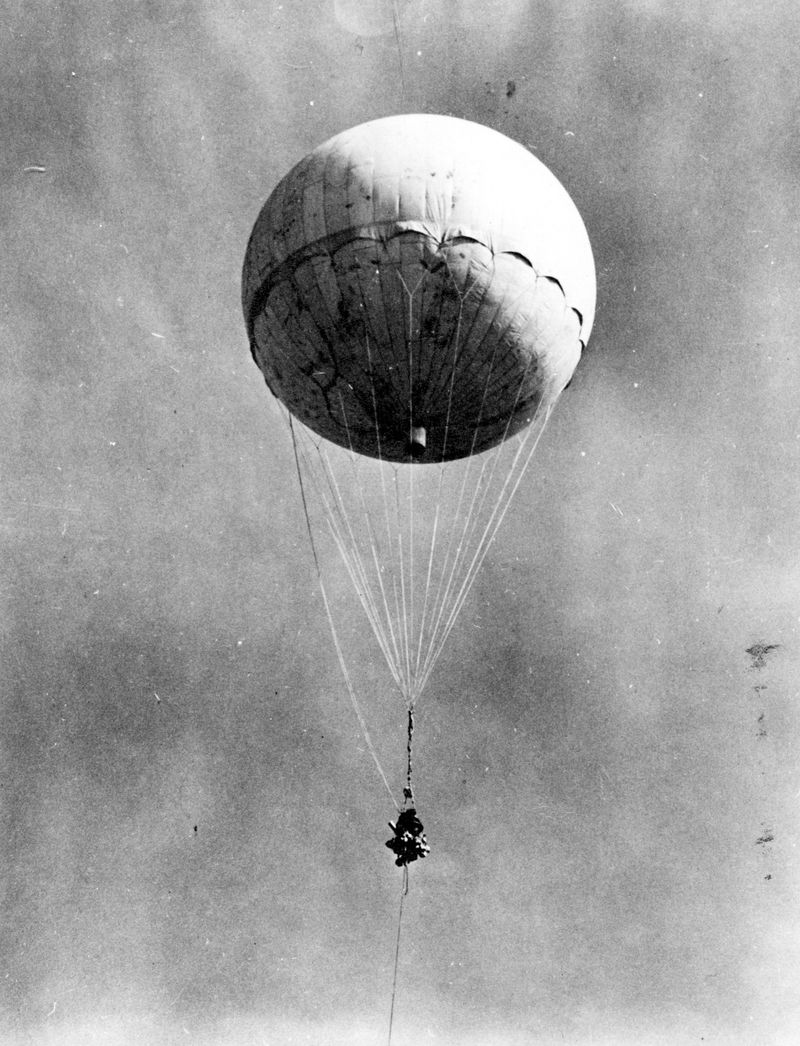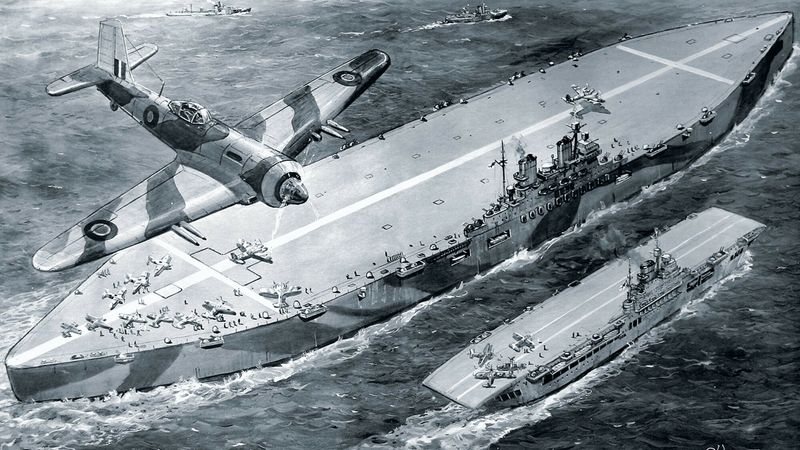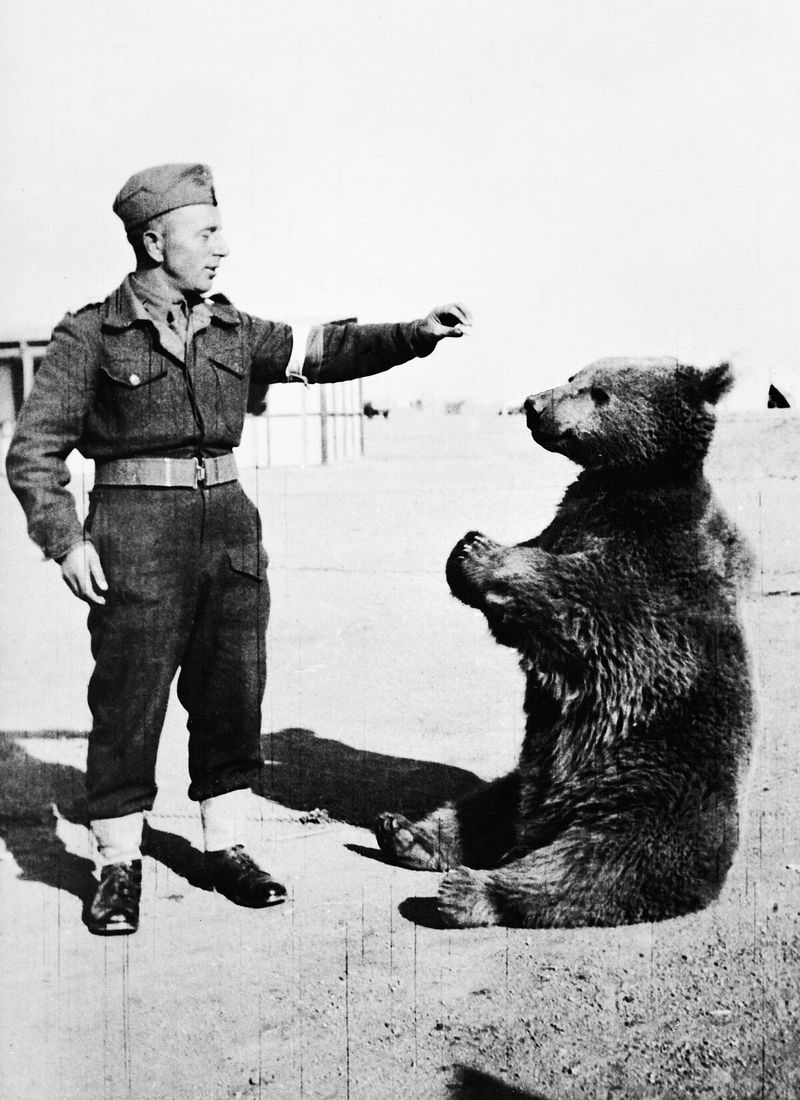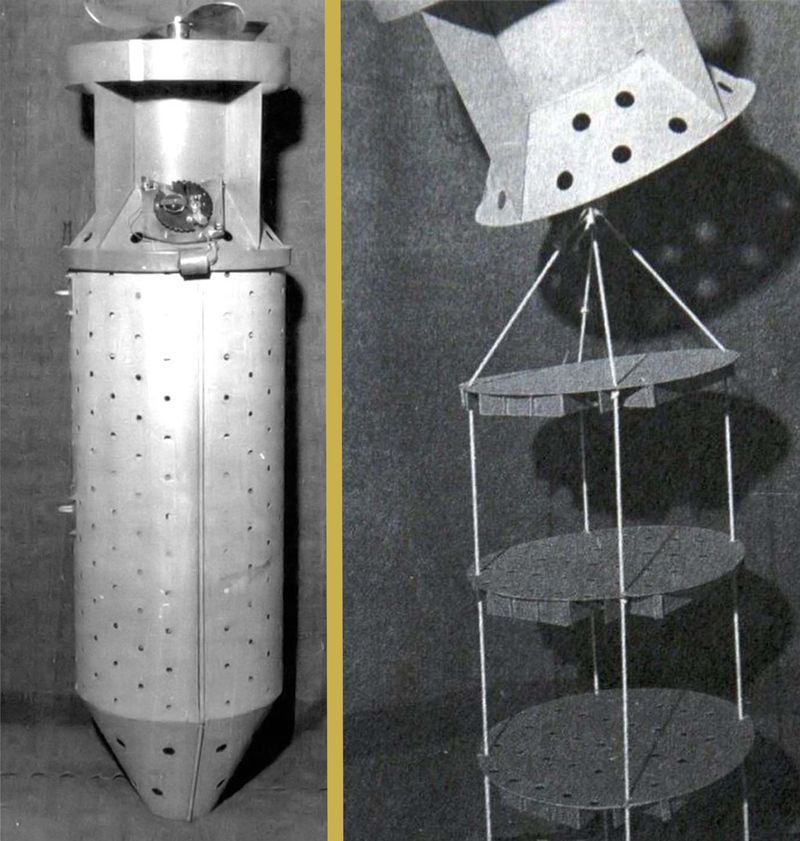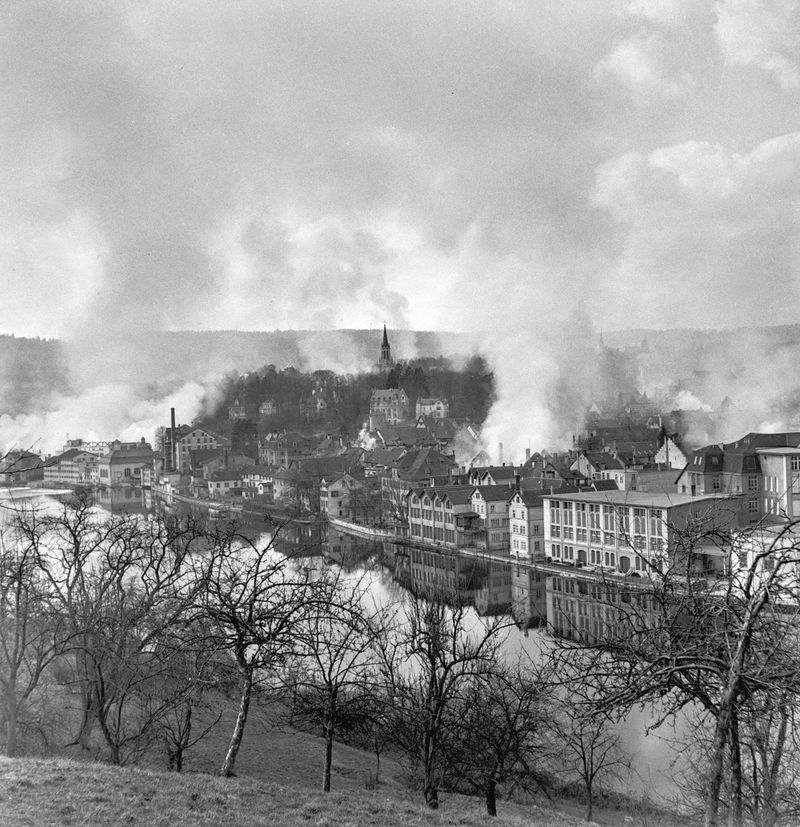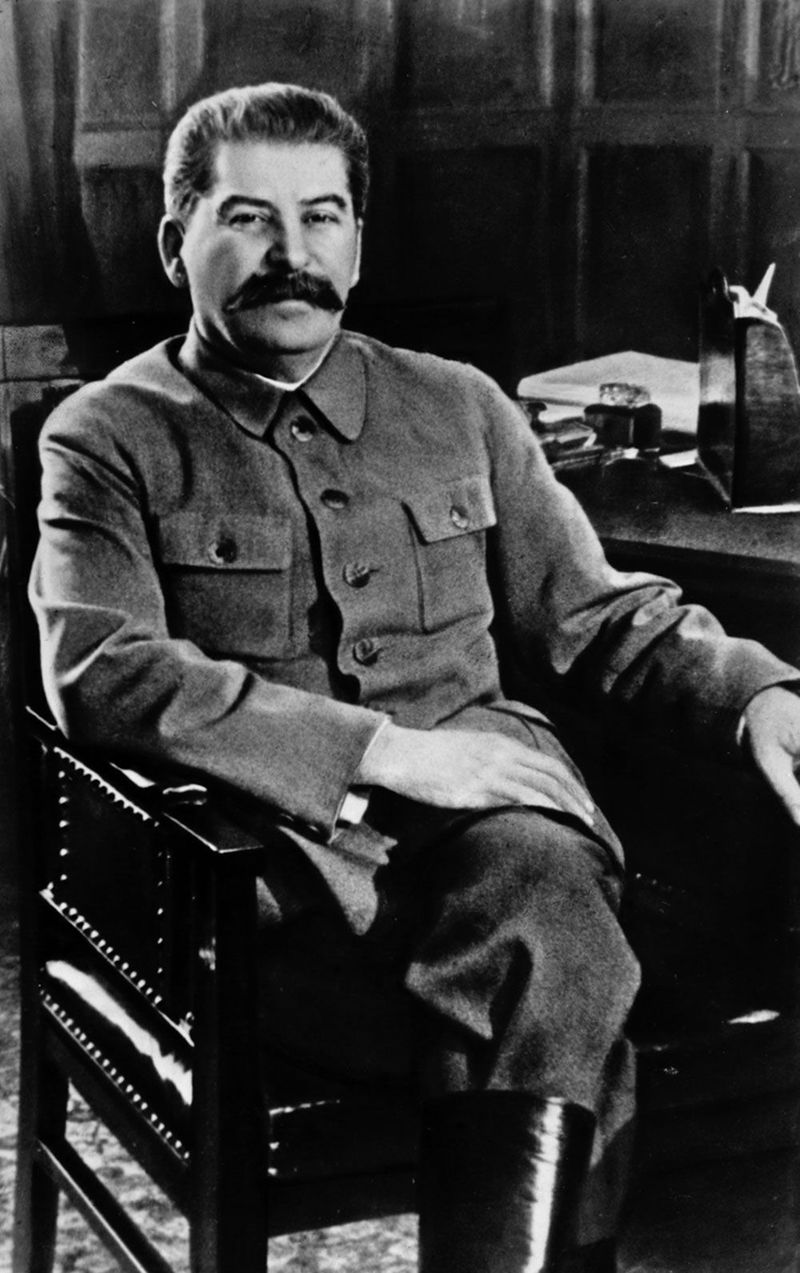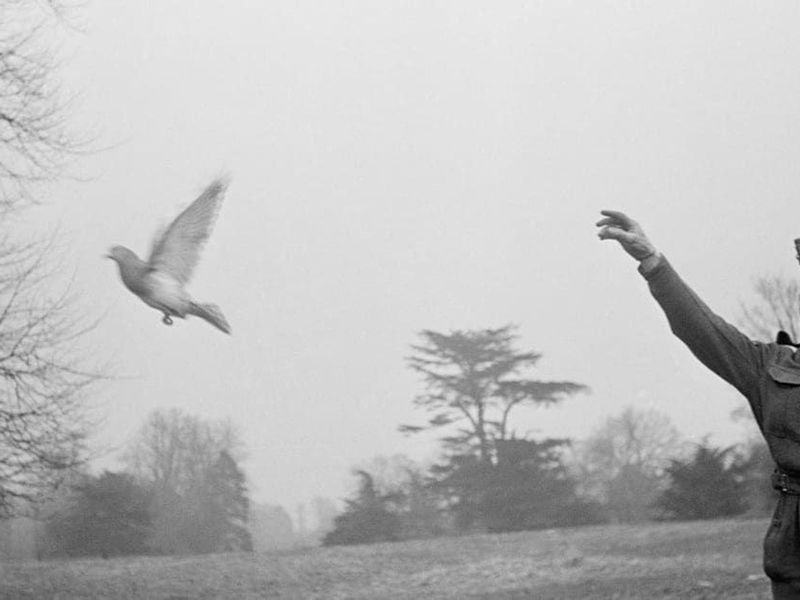World War II, a period marked by intense conflict and unprecedented global change, harbors a multitude of secrets that have emerged from the shadows of history.
Beyond the well-documented battles and diplomatic maneuvers, there existed peculiar and unconventional operations that shaped the course of the war. This exploration uncovers ten of those bizarre secrets, each revealing the extraordinary lengths to which nations went to gain an upper hand.
From inflatable armies to animal soldiers, these hidden stories offer a glimpse into the unusual strategies and mysteries that have long remained obscured.
1. The “Ghost Army”
The Ghost Army, officially known as the 23rd Headquarters Special Troops, was a top-secret unit formed by the U.S. during WWII. This ingenious group used inflatable tanks, fake radio transmissions, and theatrical sound effects to mislead German forces about the locations and movements of American troops.
Without firing a single real shot, they managed to create illusions of vast military forces, contributing significantly to Allied successes.
Operating in the European Theater, their efforts represent one of the most creative uses of deception in military history, blending art with warfare to save countless lives on the battlefield.
2. Japan’s Balloon Bombs (Fu-Go)
Japan’s Fu-Go campaign involved launching incendiary balloons to North America, marking the first intercontinental weapon deployment. Made of paper and silk, these balloons carried bombs designed to cause chaos and fear.
While most landed harmlessly, one tragically killed six people in Oregon. Their journey across the Pacific was largely unnoticed, a testament to the unpredictability of wartime innovation.
Despite its limited success, this eerie tactic demonstrated Japan’s willingness to experiment with unconventional warfare, influencing future intercontinental strategies. The psychological impact of these silent invaders lingered long after their initial use.
3. Project Habakkuk: Britain’s Ice Aircraft Carrier
Project Habakkuk was an ambitious British plan to construct massive aircraft carriers from ‘Pykrete,’ a frozen mixture of water and wood pulp. Conceived by scientist Geoffrey Pyke, the ice ships were envisioned as unsinkable fortresses.
The project’s novelty lay in using abundant materials to create something revolutionary. However, practical challenges, such as slow construction and maintenance issues, ultimately led to its abandonment.
Though never realized, the effort highlights the imaginative extremes explored during the war. It remains a fascinating example of how desperation can fuel innovation, albeit without reaching fruition.
4. Wojtek the Soldier Bear
Wojtek, a Syrian brown bear, became an honorary soldier in the Polish army. Adopted by Polish troops in Iran, he played a crucial role in the Battle of Monte Cassino. Trained to carry ammunition, Wojtek’s presence boosted morale among his human comrades.
His unique status as a ‘soldier’ included an official rank and paybook, symbolizing the bond between man and beast amid war. Wojtek’s story reflects the extraordinary friendships formed in wartime and the diverse contributions to the Allied efforts.
His legacy endures as a symbol of resilience, camaraderie, and the unconventional nature of war.
5. Bat Bombs
Bat Bombs were an experimental U.S. weapon, conceived to deploy incendiary bombs attached to bats over Japanese cities. The idea was that bats would roost in buildings, causing fires.
Despite testing that showed potential, the project was sidelined in favor of the more immediate development of the atomic bomb. This concept illustrates the inventive lengths explored during the war, merging biology with warfare.
Its oddity lies in the blend of natural behavior with destructive intent, reflecting a period when any strategy was considered if it might bring an advantage. A curious footnote, it highlights wartime innovation.
6. Rat Bombs
The British SOE devised Rat Bombs to sabotage German operations. Explosives concealed inside dead rats were intended to be disposed of in boilers, causing explosions.
Though never deployed on a large scale, the scheme reflects the creativity in sabotage techniques during WWII. The plan involved exploiting ordinary actions for extraordinary outcomes, highlighting the innovative mindset prevalent in the SOE’s operations.
While grotesque, it underscores the desperation and ingenuity of wartime tactics. Even in its failure, the concept represents the war’s relentless pursuit of victory through unconventional means, offering a glimpse into the darker aspects of strategy.
7. “Accidental” Bombings of Neutral Countries
Despite neutrality, countries like Switzerland and Sweden were not entirely spared from WWII’s chaos. Navigational errors and nighttime missions led Allied aircraft to unintentionally bomb these neutral territories.
These incidents created diplomatic tensions and highlighted the war’s unpredictable nature. The bombings serve as a reminder of the war’s widespread impact, reaching even those who sought to avoid conflict.
Such events demanded delicate handling to prevent further escalation. They illustrate the complex dynamics of wartime diplomacy, where errors could have significant consequences, straining relationships even among those not directly involved in the conflict.
8. Stalin’s Initial Denial of the German Invasion
Joseph Stalin’s refusal to believe Germany’s impending invasion, despite warnings, marked a pivotal moment in WWII. Soviet intelligence and allies had alerted him to Operation Barbarossa, yet disbelief paralyzed Soviet preparations.
This decision proved costly as German forces advanced into Soviet territory. The denial reflects Stalin’s complex leadership and the immense pressure of wartime decision-making.
It highlights the human element in strategic errors, where personal judgment can impact national fates. Ultimately, it underscores the challenges leaders face in discerning credible threats, with history’s benefit of hindsight revealing the gravity of such misjudgments.
9. Secret Use of Pigeons
In an era of advanced military technology, homing pigeons played a surprisingly crucial role in WWII communication. Both the Allies and Axis employed these birds to send messages when radio lines were compromised or silence was essential.
The reliance on pigeons underscores the need for reliable, low-tech solutions amidst modern warfare. Their successful missions highlight ingenuity in utilizing available resources.
Pigeons, with their innate navigation skills, became unsung heroes, ensuring vital information reached its destination. This aspect of the war serves as a reminder of the unexpected tools that can become essential in critical situations.
10. Nazi UFO Conspiracies
Rumors of Nazi UFOs, though debunked, persist as one of WWII’s enduring legends. Myths suggest Germany developed advanced flying saucers, fueling post-war conspiracy theories.
Historians attribute these tales to misunderstood experimental aircraft and Cold War intrigue. While no credible evidence supports the existence of Nazi UFOs, the fascination with such stories reflects human curiosity and the allure of mystery.
These conspiracies, though fictional, remind us of the war’s complex legacy and the stories that captivate imaginations long after the battles have ended. They reveal how history can blend with myth, creating narratives that endure through time.
